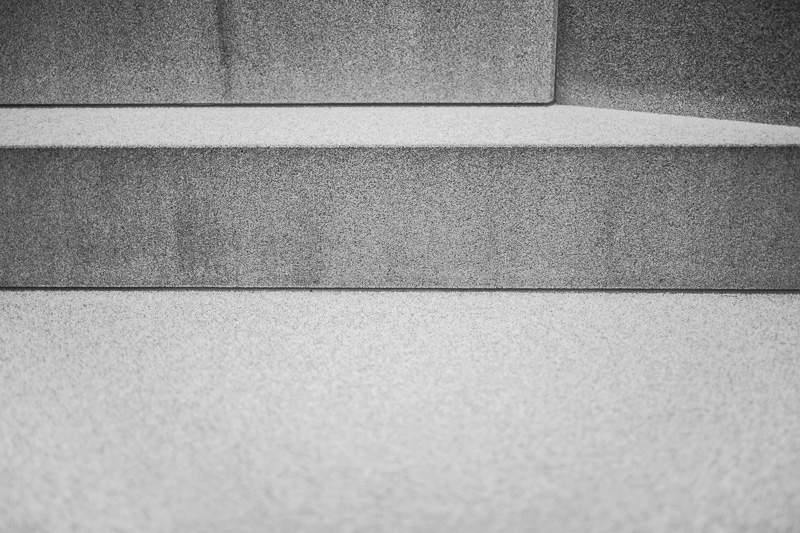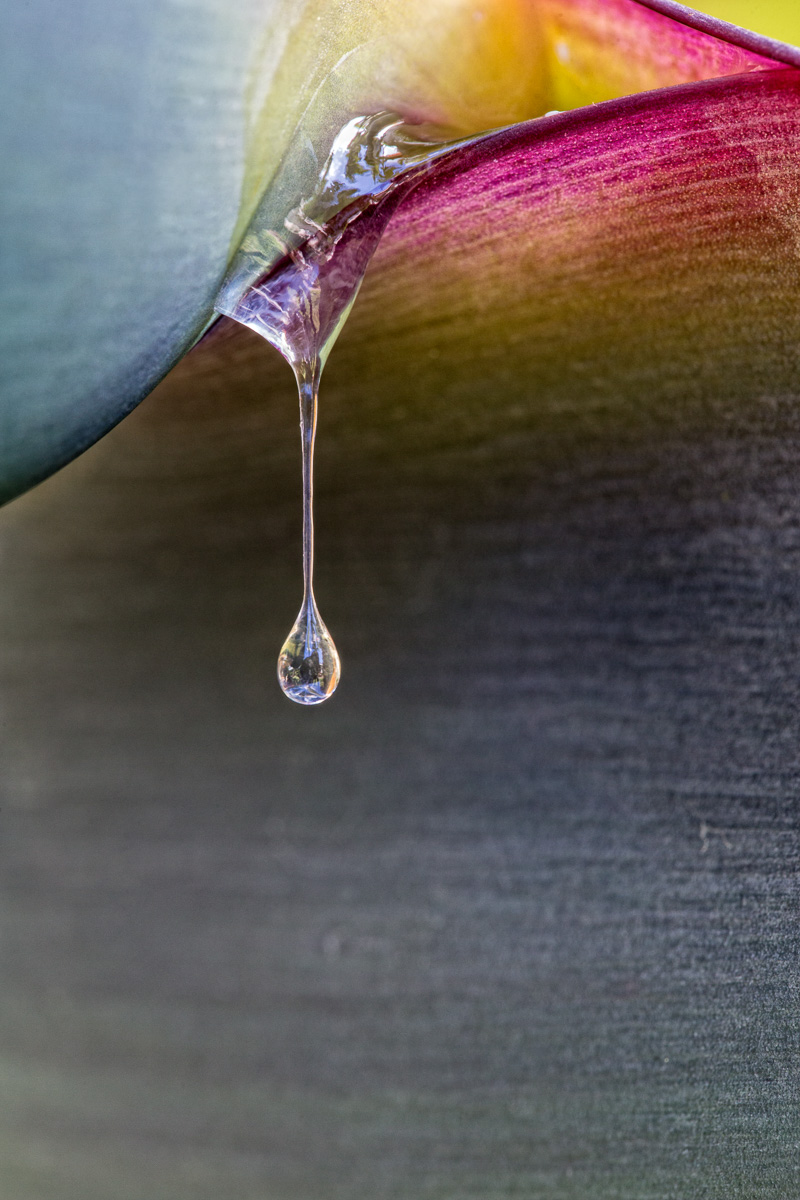The title of this post should include a question mark. Is abstract photography pointless? If so, does that matter? Personally, I feel some ambivalence around the production of abstract photographs. Images that we describe as abstract can be pleasing to the eye. They can entertain, provoke, excite curiosity, pose questions.

One of the most common questions, at least for abstraction produced by photographs, is: what is it? We want the photograph to be OF something. We want to readily identify the thing which is the subject of the photograph. We resist the call to simply allow the photograph to BE in its own right, freed from its dependency upon the thingness in the photograph. So, for example, we look at the photograph above and prefer a description of steps in Mount Pleasant Cemetery. I suspect we’re less receptive to a description of grey linear patterns.

There are many ways to produce abstract photographs. One could move the camera or zoom during a long exposure, do multiple exposures, post-processing experimentation, makeshift filters with bubble wrap or cellophane, reflections in puddles or mirrors. I’ve even considered doing a series about Sunday morning puke on the sidewalks (there’s a lot of it in the city). But by far the most common method is to frame the subject matter so tightly that it becomes difficult to identify. This is where my ambivalence arises.

What makes most modern photographs abstract is the fact that the subject matter is decontextualized. We produce something aesthetically pleasing by trashing the subject matter’s narrative, its history, particularity, locale. It becomes globally accessible, culturally universal. At the same time, it becomes pointless, maybe even flat or bland. Our curiosity might drive us to ask what it is, but not what it means. We see nothing in it of political moment. There is nothing in it that speaks to the burden of our times. But maybe that’s all we want from our photographs.